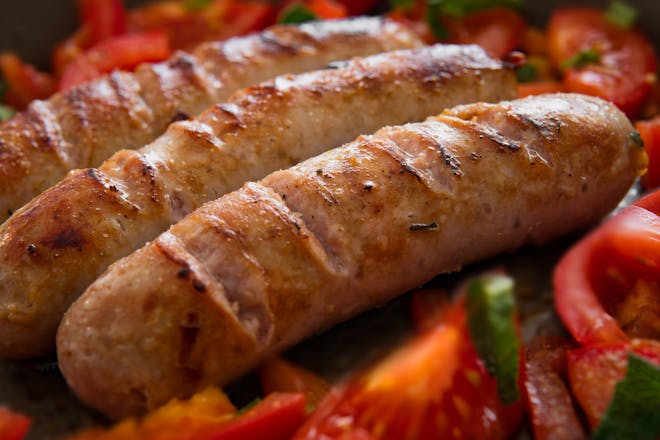Reverse Sear Ribeye: The Ultimate Guide to Perfection
When it comes to cooking the perfect ribeye, the reverse sear technique is a game-changer. This method, which involves slowly cooking the steak before searing, ensures a perfectly cooked, juicy, and flavorful ribeye every time.
What Is Reverse Sear?
Reverse searing is a technique that starts with a low-temperature cook to bring the steak up to the desired internal temperature, followed by a high-heat sear for a crisp, caramelized exterior. This approach is ideal for thicker cuts like ribeye, as it provides more control over the cooking process.
Benefits of Reverse Searing a Ribeye
The reverse sear method allows for:
- Even Cooking: Cooking at a low temperature first ensures the ribeye cooks evenly from edge to center.
- Improved Texture: The gentle rise in temperature prevents the muscle fibers from contracting too quickly, resulting in a more tender steak.
- Enhanced Flavor: The final sear develops a rich, flavorful crust through the Maillard reaction.
Step-by-Step Guide to Reverse Searing Ribeye
Follow these steps for the perfect reverse sear ribeye:
1. Season the Ribeye
Generously season your ribeye with salt and your choice of spices. Let it sit at room temperature for about 30 minutes to an hour.
2. Preheat the Oven or Grill
Preheat your oven or grill to a low temperature, around 225°F (107°C).
3. Slow Cook the Ribeye
Place the ribeye on a rack over a baking sheet and insert a meat thermometer. Cook until the internal temperature reaches about 10-15 degrees below your target doneness (120°F for medium-rare).
4. Rest the Ribeye
Remove the steak from the oven or grill and let it rest while you preheat a skillet or grill for the sear.
5. Sear the Ribeye
Heat a cast-iron skillet or grill to high heat. Sear the ribeye for about 1-2 minutes on each side until a crust forms.
6. Rest and Serve
Rest the steak for a few minutes, then slice against the grain and serve.
Tips for the Perfect Reverse Sear
- Use a Thermometer: Monitoring the internal temperature ensures precise doneness.
- Let the Meat Rest: Resting before and after searing allows the juices to redistribute.
- High-Quality Ribeye: Choose a well-marbled ribeye for the best results.
By following this guide, you’ll find that reverse sear is not just a cooking method but a path to culinary excellence. Enjoy the unparalleled taste and texture that only reverse sear ribeye can provide.
